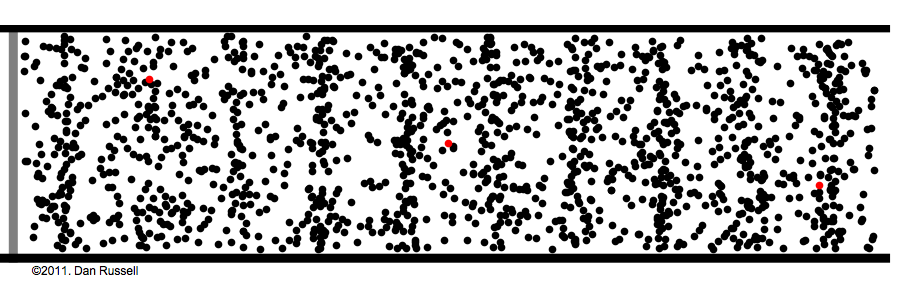So what are waves?
There are a few types of wave that we
will study in this unit. However they
all share one common feature.
A wave provides a means to transfer
energy from one source to another without the physical movement of particles
from one place to another.
Waves can be broken into 2 broad
categories:
Mechanical waves – where the energy
travels through a physical medium. Examples include water ripples and waves,
sound and those that travel through ropes, springs etc.
Non-mechanical or EM waves. These waves travel by disturbance on
electrical and magnetic fields and so can travel through a vacuum.
Longitudinal wave particles vibrate
backwards and forwards along the same axis which the wave travels.

In the case of transverse waves the
vibration occurs at right angles to the
direction of wave travel

In order to show features of waves of all
types in a form that conveys relevant information we use a sine wave.
Sine waves
The simplest possible wave is called a sine
wave. (The
shape of a
graph of the function y = sin x)



